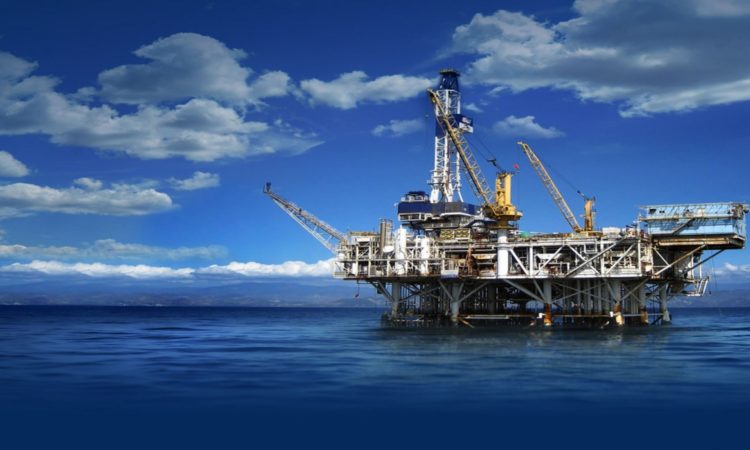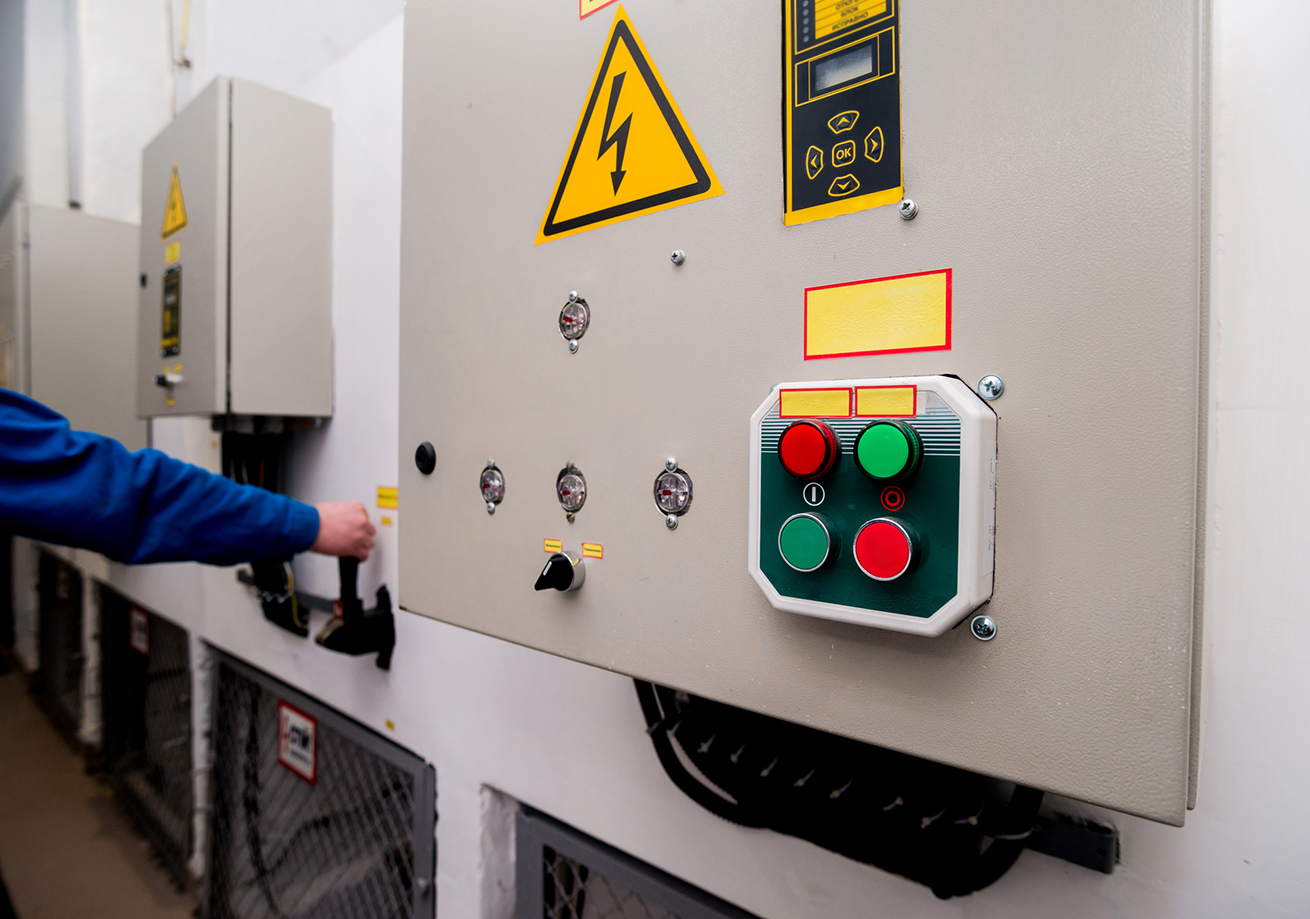The Best Strategy To Use For Roar Solutions
The Best Strategy To Use For Roar Solutions
Blog Article
The 9-Minute Rule for Roar Solutions
Table of ContentsTop Guidelines Of Roar SolutionsSome Known Factual Statements About Roar Solutions Not known Factual Statements About Roar Solutions
In order to protect installments from a possible explosion a technique of analysing and identifying a possibly unsafe area is required. The purpose of this is to guarantee the correct option and installation of tools to inevitably prevent an explosion and to guarantee safety and security of life.
(https://www.abnewswire.com/companyname/training.roarsolution.com.au_152691.html#detail-tab)
No equipment needs to be installed where the surface temperature of the devices is better than the ignition temperature level of the given hazard. Below are some typical dust hazardous and their minimum ignition temperature level. Coal Dirt 380C 225C Polythene 420C (melts) Methyl Cellulose 420C 320C Starch 460C 435C Flour 490C 340C Sugar 490C 460C Grain Dust 510C 300C Phenolic Resin 530C > 450C Aluminium 590C > 450C PVC 700C > 450C Soot 810C 570C The possibility of the risk being present in a concentration high adequate to trigger an ignition will vary from location to place.
In order to categorize this risk an installment is separated right into locations of danger relying on the quantity of time the harmful is existing. These locations are described as Zones. For gases and vapours and dirts and fibers there are three areas. Zone 0 Zone 20 A dangerous atmosphere is extremely likely to be present and may be present for long durations of time (> 1000 hours each year) or perhaps constantly Zone 1 Area 21 A dangerous atmosphere is possible but unlikely to be present for extended periods of time (> 10 450 C [842 F] A category of T6 means the minimal ignition temperature level is > 85 C [185 F] Harmful area electric tools maybe developed for use in higher ambient temperature levels. This would suggested on the rating plate e.g. EExe II C T3 Ta + 60C( This means at 60C ambient T3 will certainly not be gone beyond) T1 T1, T2, T3, T4, T5, T6 T2 T2, T3, T4, T5, T6 T3 T3, T4, T5, T6 T4 T4, T5, T6 T5 T5, T6 T6 T6 A T Class rating of T1 suggests the optimum surface temperature level generated by the tool at 40 C is 450 C. Presuming the associated T Class and Temperature ranking for the equipment are appropriate for the location, you can constantly use an instrument with a more rigorous Division score than needed for the area. There isn't a clear solution to this concern. It really does rely on the kind of devices and what repair work require to be carried out. Equipment with details test treatments that can't be done in the field in order to achieve/maintain 3rd party ranking. Need to return to the factory if it is prior to the tools's service. Field Fixing By Authorised Worker: Difficult testing might not be required nevertheless details treatments may require to be adhered to in order for the equipment to preserve its 3rd celebration rating. Authorised employees have to be utilized to execute the job properly Repair service must be a like for like replacement. New component should be taken into consideration as a straight replacement requiring no special testing of the devices after the repair service is full. Each item of equipment with a dangerous score need to be examined individually. These are detailed at a high degree listed below, yet for more comprehensive info, please refer directly to the guidelines.
Some Known Details About Roar Solutions
The devices register is a detailed data source of devices records that includes a minimum set of areas to determine each thing's place, technical parameters, Ex-spouse category, age, and environmental information. The proportion of Thorough to Shut inspections will be determined by the Tools Risk, which is evaluated based on ignition risk (the probability of a resource of ignition versus the probability of a combustible environment )and the hazardous location classification
( Zone 0, 1, or 2). Applying a durable Risk-Based Assessment( RBI )technique is vital for making sure compliance and safety and security in taking care of Electric Equipment in Hazardous Locations( EEHA).
The Best Strategy To Use For Roar Solutions

In terms of explosive risk, an unsafe location is a setting in which an explosive atmosphere exists (or might be expected to be Our site existing) in amounts that call for unique precautions for the construction, installment and use equipment. Roar Training Solutions. In this article we discover the challenges encountered in the work environment, the risk control measures, and the needed proficiencies to function securely
It issues of modern-day life that we make, save or take care of a series of gases or liquids that are regarded flammable, and a variety of dirts that are deemed combustible. These substances can, in particular conditions, develop explosive atmospheres and these can have major and terrible effects. A lot of us recognize with the fire triangle eliminate any kind of among the three components and the fire can not occur, however what does this mean in the context of hazardous areas? When damaging this down right into its easiest terms it is basically: a mix of a certain quantity of launch or leakage of a particular compound or product, combining with ambient oxygen, and the existence of a source of ignition.
In most instances, we can do little regarding the levels of oxygen in the air, however we can have substantial impact on resources of ignition, for example electric devices. Unsafe locations are recorded on the unsafe area classification illustration and are identified on-site by the triangular "EX-SPOUSE" indicator. Below, amongst other crucial info, zones are divided right into 3 types depending on the risk, the probability and duration that an explosive environment will exist; Zone 0 or 20 is deemed the most hazardous and Area 2 or 22 is regarded the least.
Report this page